What Happens to Your 401(k) When You Leave Your Job?

Estimated Reading Time: 4 minutes
Americans don’t stay at jobs as long as they used to.
Today, the average worker changes employers once every 3.9 years. That’s the lowest average employee tenure has been since 2002.
If you’re leaving a job (or considering it), you might be wondering what happens to the money in your employer’s 401(k) or 403(b) plan.
Typically, you have four options for your savings, each with their own set of potential benefits and drawbacks.
Let’s go over everything you need to know about ensuring your retirement funds are protected and put to best use.
_________
KEY TAKEAWAYS
The amount vested (earned) in the account at the time of your departure will dictate the options available to you and your 401(k) funds.
If you have less than $7,000 vested, your employer may decide what to do with your funds.
If you have more than $7,000 vested, you can choose to keep the funds in the old account, move them to an IRA or your new employer’s plan, or pay taxes and penalties to withdraw the funds as cash.
_______________
The Plan’s Vested Amount Determines Your Options
When you leave a job, the options available to you with regards to your 401(k) will be determined by the amount vested in the plan.
Essentially, the vested amount is the amount that you’ve earned up to that point. In general, your contributions will be considered to have immediately vested.
If your employer offers a matching contribution, their contribution may vest immediately or it may vest over a certain time period. Check your plan documents or ask your HR department for their particular vesting policy.
If You Have Less than $7,000 Vested
If your plan balance has less than $1,000 vested, your employer may cash out your account. This is due to an IRS rule allowing “de minimis” or “forced plan distributions.”
If your vested balance is greater than $1,000 but less than $7,000, your employer may complete a direct rollover of the funds to an IRA in your name, unless you tell them otherwise.
If You Have More than $7,000 Vested
If your 401(k), 403(b), or other retirement savings plan has vested more than $7,000 when you leave your job, you have a few different options when you leave:
1. Leave Your Account with Your Former Employer
Some plan sponsors allow you to keep your retirement funds in their plan even after you’ve stopped working with the company. The earnings will still grow with tax advantages, but you won’t be able to contribute additional funds to the account. Further, the plan may charge you annual fees, which could eat into your returns.
2. Move the Money to an IRA
Once the 401(k) or 403(b) is no longer active, the funds can be rolled into an IRA. You can either conduct a direct or indirect rollover, though most investors opt for a direct rollover as they’re significantly less risky.
You can read more about the difference between the two types of rollovers here.
Moving the funds to an IRA may offer more investment options than your employer’s plan allowed.
For example, if you open a self-directed IRA (SDIRA), you’re not limited to stocks, bonds, and mutual funds. You can invest your retirement funds in any asset the IRS allows, including real estate, private equity, and precious metals, to name a few.
3. Move the Money into Your New Employer’s Plan
If you left your job to start a new opportunity with an employer-sponsored plan, you can move the funds from your old plan into your new plan.
Managing a single 401(k) account might be easier, especially if you change jobs on a somewhat regular basis. Having many retirement accounts at different employers could become hard to keep track of, especially as companies change their names and contact information or dissolve completely.
4. Withdraw the Funds as Cash
To a financial advisor, the next sentence might sound like nails on a chalkboard but here goes: you can always withdraw your 401(k) funds as cash.
Of course, there’s a good reason most savvy investors try not do this: tax-advantaged funds are hard to come by. Maintaining tax advantages often lead to significant reductions in tax liability over the course of a retirement account’s life.
But, if you absolutely need to withdraw the funds, that’s always within your power. Just keep in mind the withdrawals will be subject to taxes, and if you’re under the age of 59 1/2, penalties as well.
Set Yourself Up For Success Before Leaving
Before you leave your current employer, take a few steps to ensure that you have everything you need to access your retirement account and move the funds if you wish.
Make sure you have valid a login for your account, and the contact information of anyone you need at the plan provider.
If you took a loan from your 401(k) you may have to repay the loan on an accelerated schedule now that you’re leaving the company. If you’re unable to repay the loan, you will owe taxes and a 10% penalty on the outstanding amount if you’re under age 59 1/2.
Consider What’s Right For Your Portfolio
Leaving a job can be a time full of stress, excitement, and uncertainty. In the emotions of your departure, don’t forget to consider the next steps for your retirement portfolio.
And if you want to move the funds from an old 401(k) into an IRA, you might want to give yourself the broadest investment options possible with a self-directed IRA (SDIRA).
When you complete a direct rollover from a 401(k) to an SDIRA, the funds maintain their tax-advantaged status—no taxes, no penalties. Then, you can channel those funds into portfolio diversifying assets like precious metals, promissory notes, and real estate.
Sound like it’s up your alley? Download our free SDIRA Basics Guide to learn more.





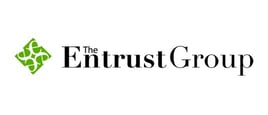
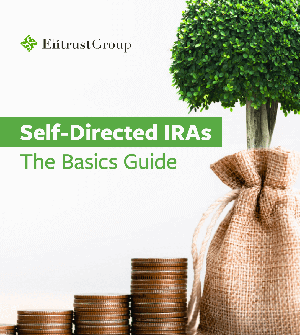






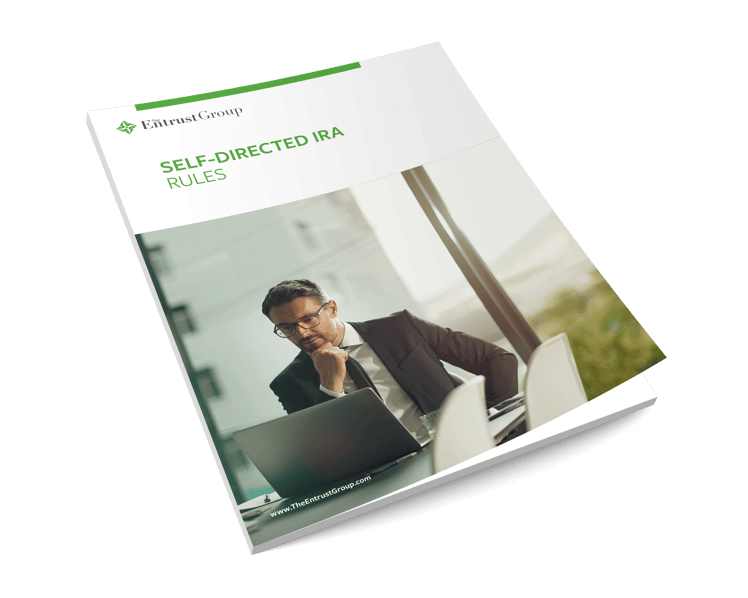
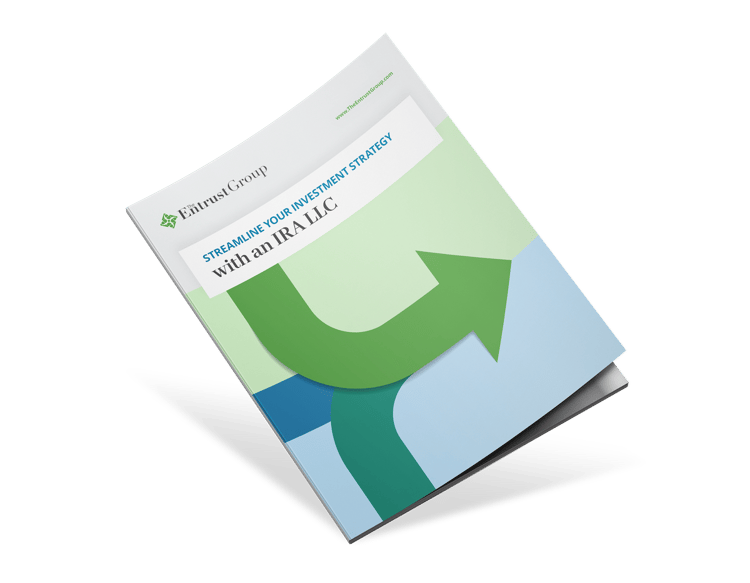

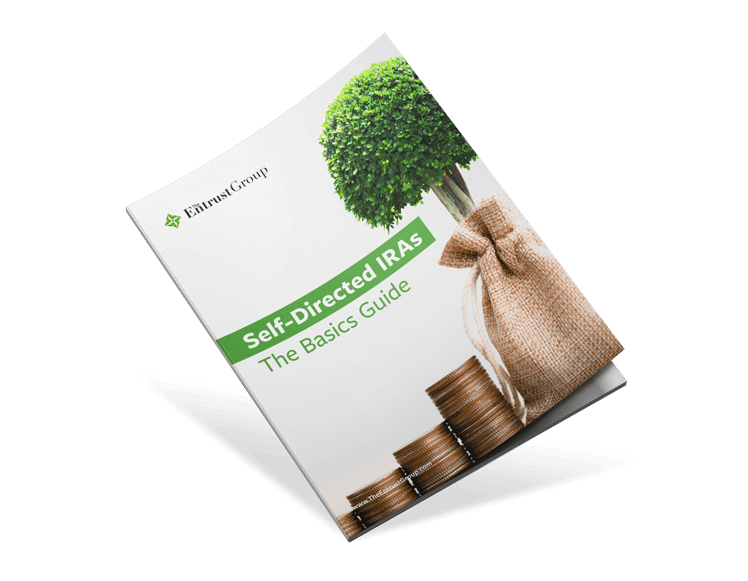


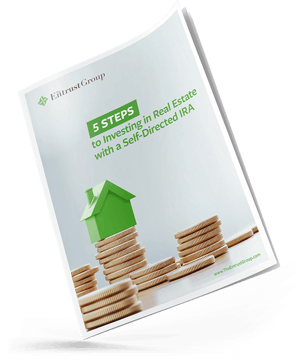


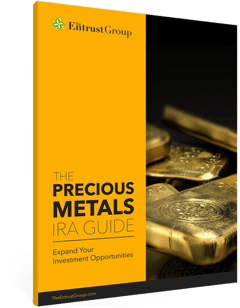



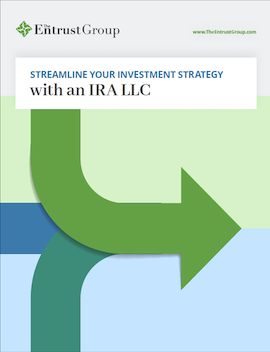

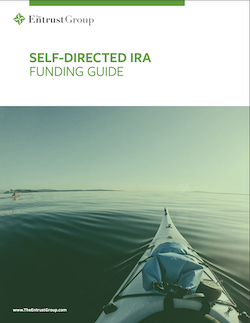
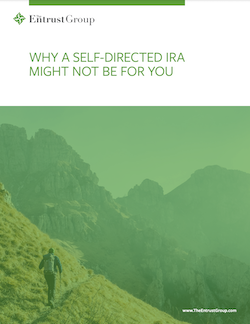
0 Comment